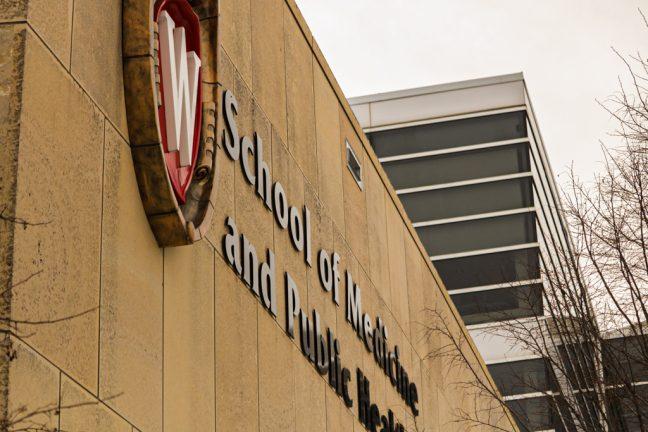While federal and state governments may have good intentions when directing large sums of money to student aid, their efforts are actually contributing to rising tuition, according to a report by the Center for College Affordability and Productivity.
Andrew Gillen, author of the study and the center’s director of research, said the feeding of money to pay for more student aid has the positive goal of creating an equality of opportunity for students to attend college, but he added, “…The money isn’t accomplishing what it’s claimed it’s for.”
“I have no problem spending this money, but I want to accomplish these goals instead of spending the money,” Gillen said.
He added while allocating financial aid to low-income students has increased opportunity and accessibility for the neediest of students, giving financial aid to middle-income students does not serve that purpose.
Gillen said the reason for this is because expanding aid to middle-income students results in greater university spending, which results in an “arms race” for colleges to spend as much of the federal funding as possible.
Gillen proposes solving such problems by consolidating financial aid programs and increasing money given to Pell grants.
“Basically, I think if you look at the records, I think you could get a really good financial aid system going if you narrowed everything down into the Pell grant program and the modified loan program,” Gillen said. Although Gillen said he thinks such actions would increase the effectiveness of the programs, he said his study has some problems.
“There is definitely stuff in [the study] that is problematic,” Gillen said “There is a small little section that describes previous research that shows the Pell grants increasing the amount of money isn’t necessarily going to have this great affect on college access and opportunity, because it’s never been increased enough.”
Haley Chitty, director of communications for the National Association of Student Financial Aid Association, said though NASFAA supports Gillen’s call to increase Pell grants, lower student loans and target Pell grants to the neediest students, the association disagrees with Gillen’s methodology.
According to Chitty, the report is selective in the evidence it uses to draw its conclusions.
“We look at who the organization is that put [the report] out and it seems like they have an agenda,” Chitty said. “It seems to me that the organization had already concluded federal aid leads to increases in tuition, and then they found facts that were convenient to support that instead of letting the research speak for itself.”
According to Chitty, there have been several long periods of time when financial aid remained relatively stagnant and higher education still saw a dramatic increase in college costs.
“Needless to say we’ve seen this kind of report before and it’s usually someone with an agenda and not necessarily a very insightful report on why college costs are going up,” Chitty said.











